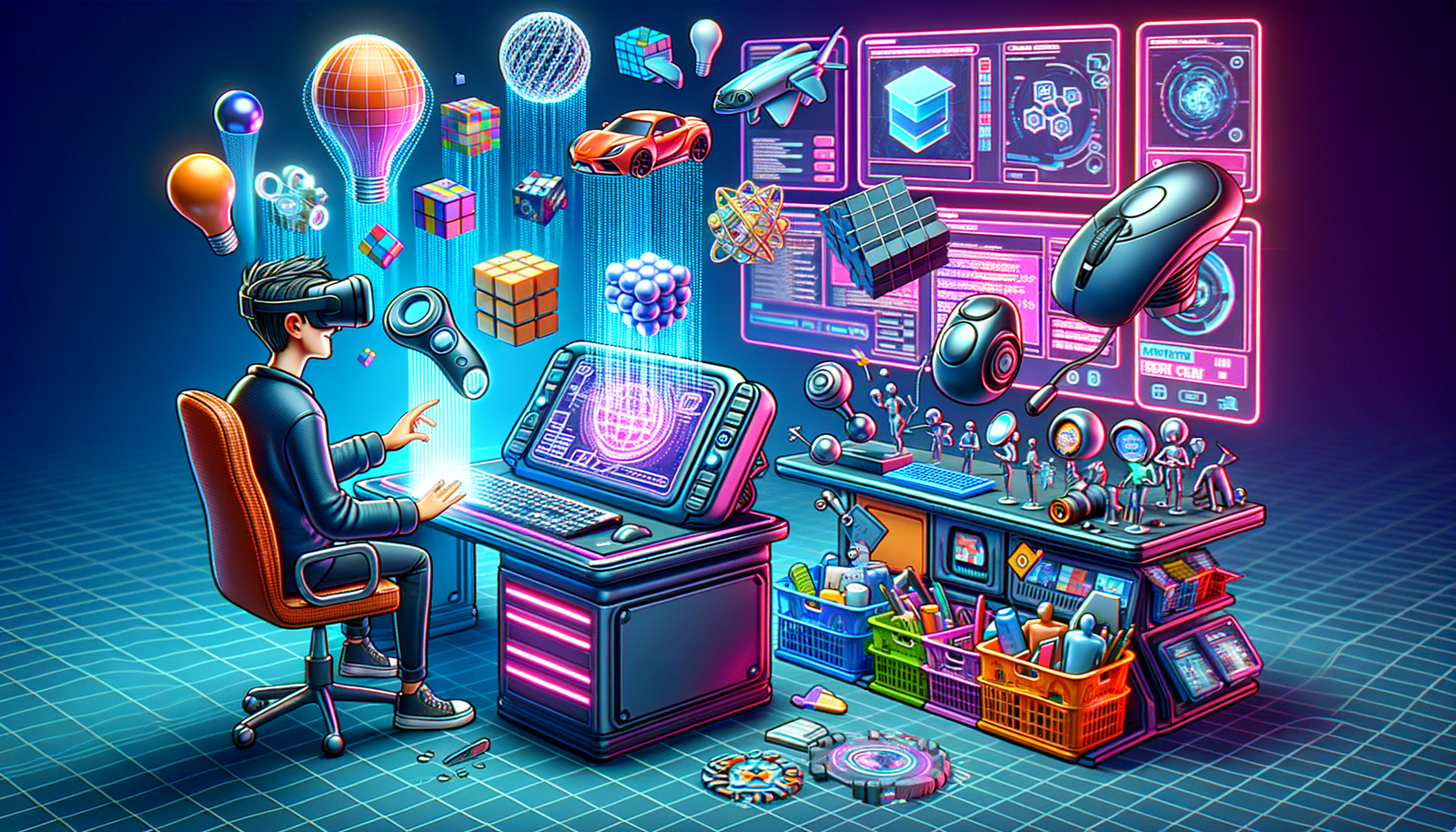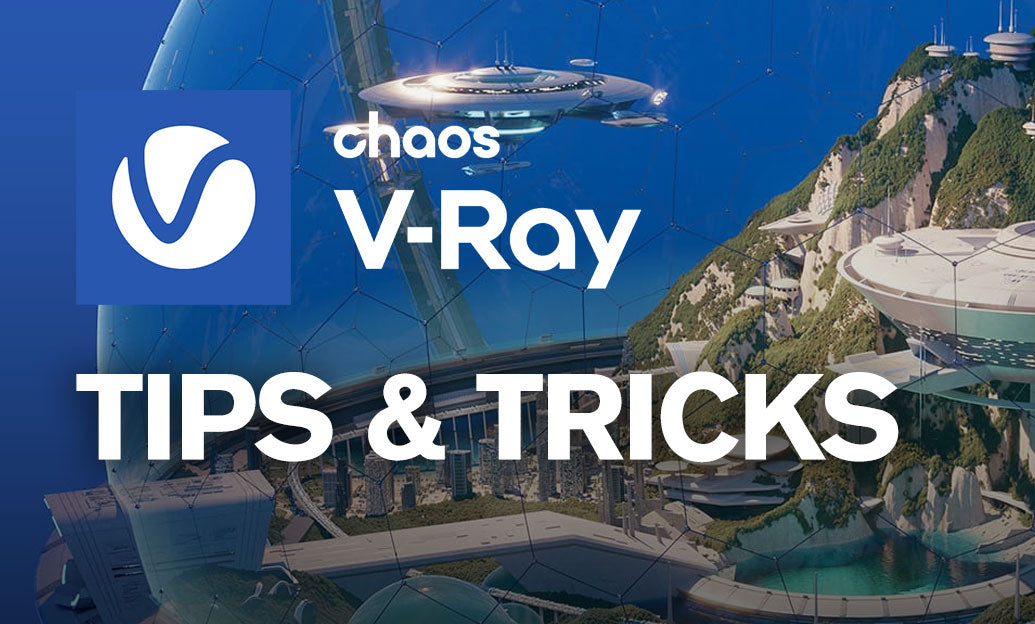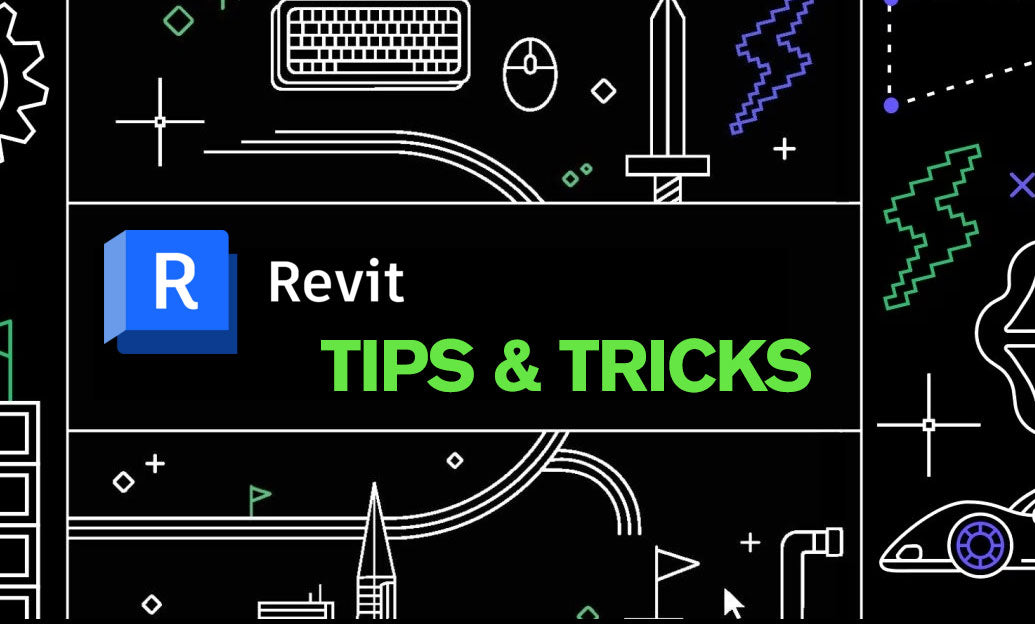Your Cart is Empty
Customer Testimonials
-
"Great customer service. The folks at Novedge were super helpful in navigating a somewhat complicated order including software upgrades and serial numbers in various stages of inactivity. They were friendly and helpful throughout the process.."
Ruben Ruckmark
"Quick & very helpful. We have been using Novedge for years and are very happy with their quick service when we need to make a purchase and excellent support resolving any issues."
Will Woodson
"Scott is the best. He reminds me about subscriptions dates, guides me in the correct direction for updates. He always responds promptly to me. He is literally the reason I continue to work with Novedge and will do so in the future."
Edward Mchugh
"Calvin Lok is “the man”. After my purchase of Sketchup 2021, he called me and provided step-by-step instructions to ease me through difficulties I was having with the setup of my new software."
Mike Borzage
Revolutionizing Product Visualization with Real-Time Rendering Techniques
September 11, 2024 4 min read


Introduction to Real-Time Rendering in Product Visualization
Real-time rendering refers to the process of generating images or animations at a speed that allows for interactive feedback, typically at 24 frames per second or higher. This technology has become a cornerstone in modern product visualization, enabling designers and clients to see immediate updates to changes in the design, material, lighting, and other parameters.
The importance of real-time rendering in product visualization cannot be overstated. It transforms static design processes into dynamic, interactive experiences, allowing for more informed decision-making and quicker iterations. This shift has profound implications for the efficiency and quality of product development cycles.
Historical Context
Rendering techniques have come a long way since their inception. Initially, the process was largely static, with images being rendered over hours or even days. These static renders, while high in quality, limited the ability to make rapid changes or experiment with different design aspects.
With the advent of more powerful computing hardware and sophisticated algorithms, there was a significant transition from static to real-time rendering. This evolution has opened new avenues for product designers, enabling them to create and visualize designs on-the-fly, thus enhancing creativity and efficiency.
Technical Aspects of Real-Time Rendering
Core Technologies
The backbone of real-time rendering lies in graphics processing units (GPUs). These specialized processors are designed to handle the complex calculations required for rendering images at high speeds. Modern GPUs are capable of executing thousands of parallel operations, making them ideal for real-time applications.
Advanced algorithms also play a crucial role. Techniques like ray tracing and rasterization are commonly used to simulate realistic lighting and shading effects. Ray tracing, in particular, has gained prominence for its ability to produce highly accurate reflections, refractions, and shadows.
Software Tools and Platforms
Several software tools and platforms have emerged as leaders in the field of real-time rendering:
- Unreal Engine: Known for its high-fidelity visual output and extensive toolset for real-time rendering.
- Unity: Popular for its versatility and ease of use, making it a favorite among smaller studios and independent designers.
- KeyShot: Renowned for its user-friendly interface and powerful rendering capabilities, particularly in producing photorealistic images.
Each platform offers unique features and capabilities, catering to different needs within the design and visualization community. For instance, Unreal Engine excels in creating immersive, high-detail environments, while Unity is often chosen for projects requiring rapid prototyping and deployment.
Applications and Benefits in Product Visualization
Enhanced Design Iteration
One of the most significant benefits of real-time rendering in product visualization is the ability to speed up design feedback loops. Designers can make adjustments and see the results instantly, allowing for more efficient iterations and refinements. This capability is particularly valuable in collaborative environments where input from multiple stakeholders is needed.
Real-time adjustments mean that potential issues can be identified and addressed early in the design process, reducing the likelihood of costly revisions later on.
Improved Client Engagement
Real-time rendering also plays a crucial role in enhancing client engagement. By providing interactive and immersive presentations, designers can offer clients a more engaging and informative experience. Clients can interact with virtual prototypes, explore different design options, and provide immediate feedback.
This interactive approach not only improves client satisfaction but also helps in building trust and confidence in the design process. The ability to simulate real-world conditions and visualize the product in various settings further adds to the value of real-time rendering.
Market Differentiation
Creating compelling marketing visuals is another significant advantage of real-time rendering. High-quality, photorealistic images and animations can be used in marketing campaigns, product launches, and promotional materials. These visuals help in capturing the attention of potential customers and differentiating the product from competitors.
In a market where first impressions are critical, the ability to showcase a product aesthetically and functionally can provide a substantial competitive advantage.
Challenges and Future Prospects
Technical Limitations
Despite its many benefits, real-time rendering comes with its own set of challenges. One of the primary issues is the hardware requirements needed to achieve high-quality real-time performance. Advanced GPUs are often expensive, and not all organizations may have the budget to invest in top-tier hardware.
Another challenge is balancing quality and performance. While real-time rendering can produce impressive visuals, achieving the highest quality often requires significant computational power, which may not always be feasible in real-time scenarios.
Future Innovations
The future of real-time rendering looks promising, with several potential advancements on the horizon. Integration with emerging technologies such as virtual reality (VR) and augmented reality (AR) is one of the most exciting prospects. Combining real-time rendering with VR/AR can create even more immersive and interactive experiences, further enhancing product visualization.
Artificial intelligence (AI) is another area with significant potential. AI-driven algorithms can optimize rendering processes, improve efficiency, and even automate certain aspects of the design workflow.
Industry Trends
The adoption of real-time rendering is expected to continue growing, with more industries recognizing its value and integrating it into their design workflows. Emerging use cases include architecture, automotive design, and even fashion, where real-time visualization can provide a competitive edge.
As the technology matures, it is likely to become more accessible and affordable, paving the way for broader adoption and innovative applications across various sectors.
Also in Design News
Subscribe
Sign up to get the latest on sales, new releases and more …





